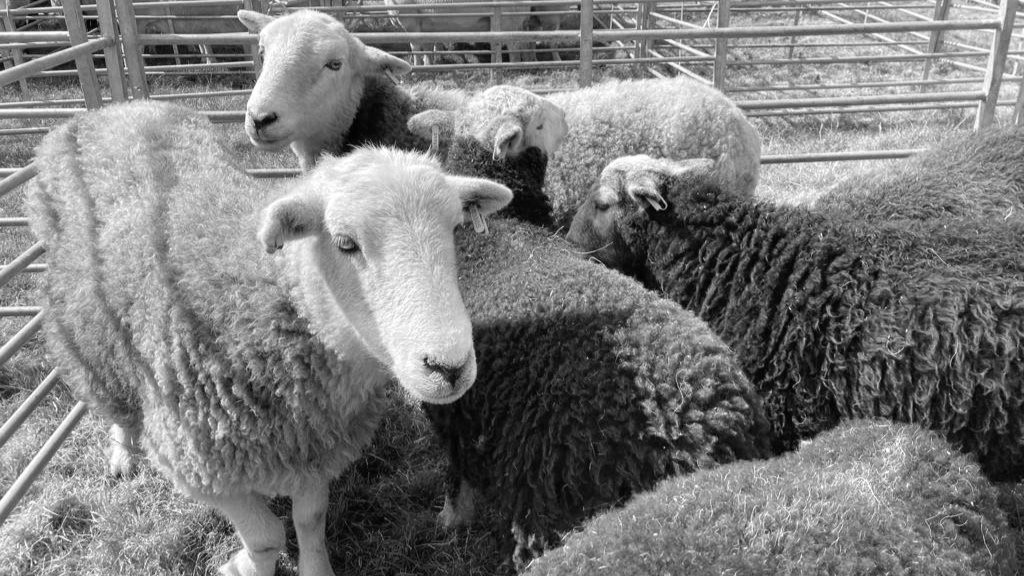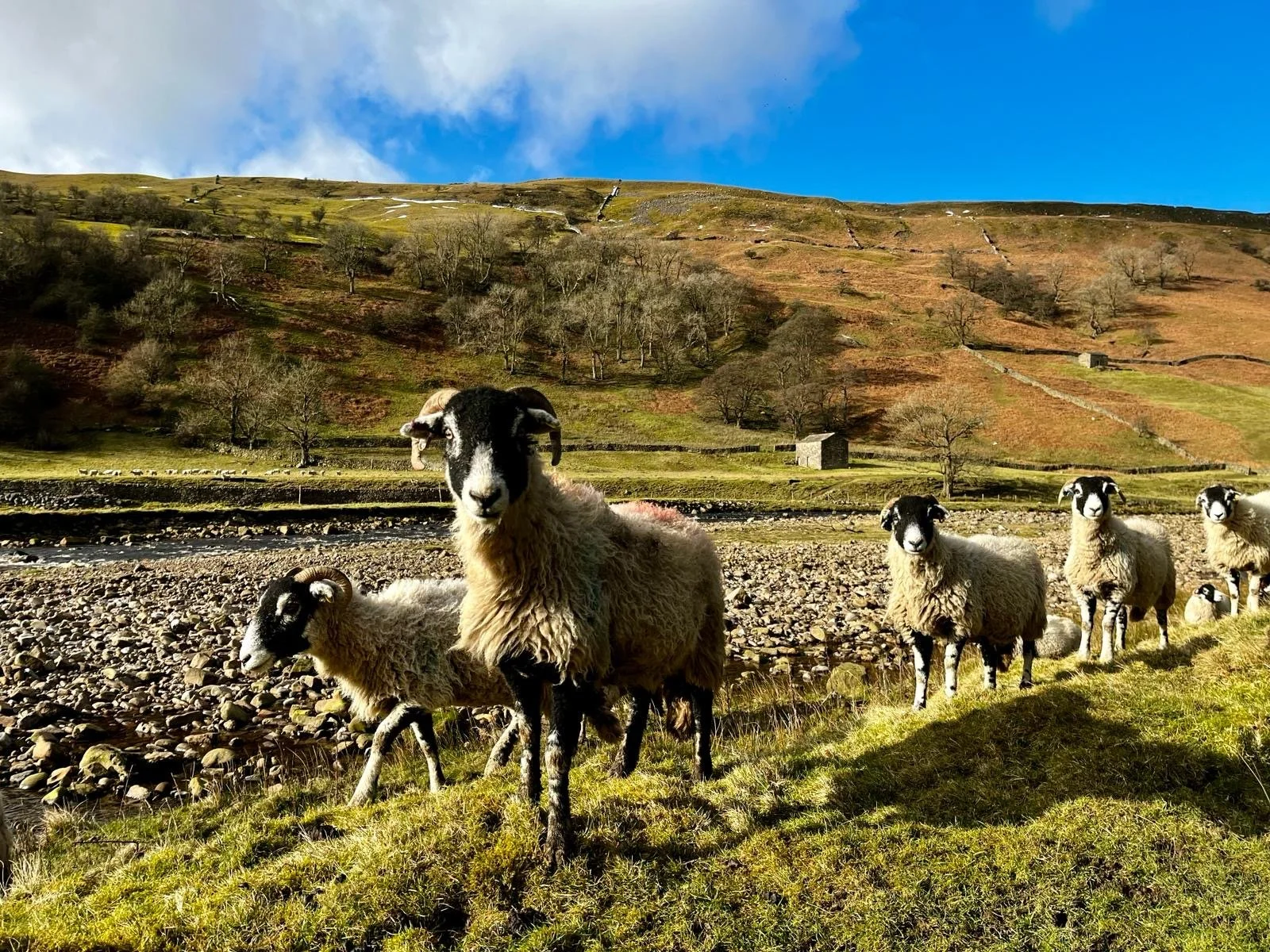Reconnecting wool wadding
& British quilt making
Small Flock Fibre
Driven by a passion for fibre and British Wool, Shire Mill turn fleeces into fibre and yarn for smallholder sheep owners and fibre crafters. Working small quantities they process rovings, batts or yarn from the wool of small flocks and native breeds in Britain. Located in the Georgian farm buildings of a working Leicestershire organic family farm they employ timeless heritage techniques alongside the latest carding and roving technologies to make sure that nothing is wasted and every fibre is harvested.
Employing archive processing instructions from our research, Within the Frame were able to partner with Shire Mill to demonstrate how short staple wool could be utilised as a ecological, practical and locally beneficial quilt wadding which honoured the long tradition of wool gathering entwined with quilt making in this country.
“Before using the new wool [as a quilt wadding] it must well soaped with common brown household soap, and left in cold water for two days, then washed clean and scalded with boiling water in which some soda has been dissolved.”
Boston Guardian, Lincolnshire, 31 Aug, 1899.
-

Fleece to Fibre
At Shire Mill fleeces are first scoured and spun by hand to remove impurities, and then water before being air dried on racking.
A process unchanged through time, fleeces are hand picked and sorted for quality.
Traditional quilt makers describe in archive resources a process carried out laboriously at home. Shire Mill use modern machinery to prepare the same product as heritage quilters used for generations in the UK, reuniting makers with the fibres of their landscapes.
At Shire Mill today, the dry fleece is passed through a fibre separator which opens up the staples to release the loft.
-

Fibre to Wadding
Fibres with long staple are then prepared for roving which can be spun into yarn.
The shorter 'waste' fibres are carded in a mechanical process that disentangles and intermixes fibres to produce a lofty continuous fibred web, a rectangle of which can be loosely rolled to form a batt or wadding.
Fibres for quilt wadding can sometimes be purchased to be combed at home, or sometimes as loose batts which can be overlaid on the frame as the quilter works.
Batts and fibres are available periodically, fleece types and colours vary as they are sourced from a wide diversity of small flocks. Contact Shire Mill to discuss current availability for your project.
“The wool must then drawn out, teased, as it is called, and dried in the open air, or at an open window.”
Boston Guardian, Lincolnshire, 31 Aug, 1899.


